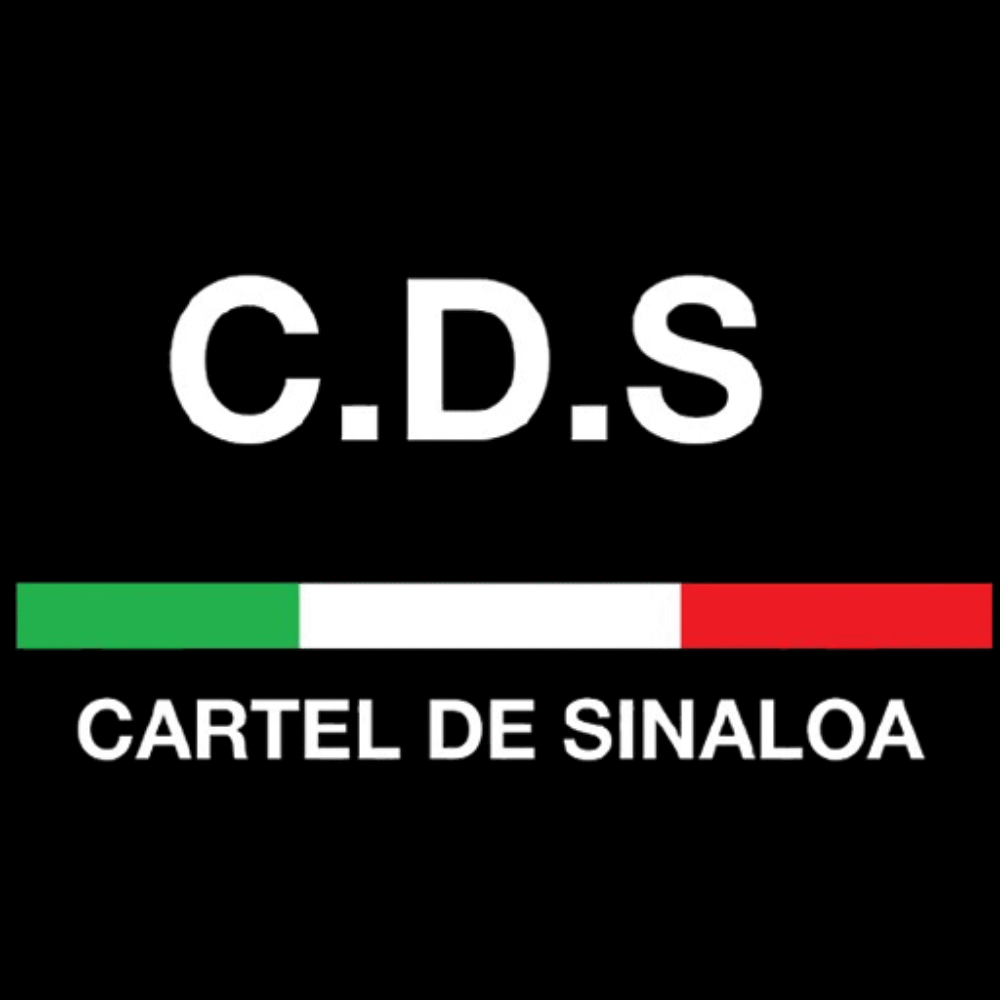How Cartels Operate Across South America, Europe, and Asia
In 2025, the Sinaloa Cartel and other major drug organizations have established sophisticated operational networks spanning South America, Europe, and Asia, enabling seamless drug production, trafficking, and distribution across continents.
1. South America: Production and Initial Trafficking
South America remains the primary source of cocaine and heroin, with cartels controlling coca cultivation and opium poppy fields in Colombia, Peru, and Bolivia. The Sinaloa Cartel maintains strong alliances with local producers and trafficking groups to secure a steady supply of raw narcotics, which are then processed and transported northward.
2. Europe: Strategic Import and Distribution Hub
Europe serves as a key market and transshipment point for cocaine and heroin. Cartels use major ports in Spain, the Netherlands, Belgium, and Germany to import bulk shipments. From these hubs, narcotics are distributed through complex networks involving local crime groups and darknet marketplaces, reaching consumers across Western and Eastern Europe.
3. Asia: Emerging Markets and Synthetic Drug Production
Asia is a growing market for both traditional narcotics and synthetic drugs. The cartel leverages connections with Southeast Asian criminal groups and labs to traffic heroin and fentanyl analogs. Major cities like Mumbai, Bangkok, and Hong Kong act as distribution centers, with increasing demand for cocaine and methamphetamine driving expansion.
4. Cross-Continental Smuggling Routes
Cartels utilize air, sea, and land routes to move drugs efficiently between continents. Narco-submarines, commercial shipping containers, and air cargo are common methods. Corruption at ports and airports facilitates smooth passage, while encrypted communication coordinates logistics.
5. Collaboration with Local Criminal Networks
The Sinaloa Cartel partners with regional gangs and syndicates in all three continents, outsourcing local distribution and enforcement while maintaining control over supply and finances.
6. Money Laundering and Financial Networks
Global money laundering operations span continents, using shell companies, cryptocurrency exchanges, and offshore accounts to legitimize cartel profits and fund ongoing activities.
Conclusion
In 2025, cartels operate across South America, Europe, and Asia through a combination of production control, strategic partnerships, advanced smuggling, and financial networks. This global reach secures their dominance in the international drug trade.


